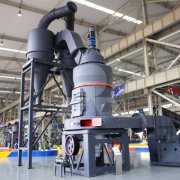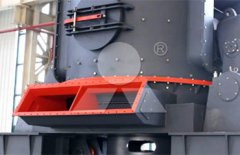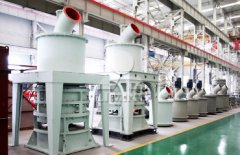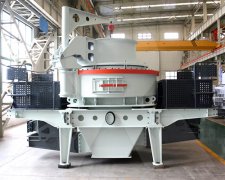Demystifying the Operation of Ball Mills: How They Work
Ball mills are essential equipment in the mining and ore processing industries, utilized for grinding and blending materials for further refinement. Understanding how ball mills work is crucial for optimizing their performance and ensuring efficient operation. This article delves into the inner workings of ball mills, shedding light on their key components and the process by which they operate.
Operating Principle:The operating principle of a ball mill revolves around the rotation of a cylindrical shell filled with grinding media, such as steel balls or ceramic balls. As the shell rotates, the grinding media cascade, creating a cascading and tumbling motion that generates impact and attrition forces on the material being ground. The material is then crushed, reduced in size, and homogenized by the grinding media.
Key Components:
Operational Aspects:
Get conclusion:Understanding how ball mills work is vital for optimizing their performance and ensuring efficient grinding operations. The rotation of the shell, the presence of grinding media, and the impact and attrition forces generated within the mill all contribute to the size reduction and homogenization of the material. By considering factors such as mill speed, ball size, residence time, and mill design, operators can maximize the grinding efficiency, achieve the desired product fineness, and reduce energy consumption. Embracing these principles ensures the effective operation of ball mills in various industries, from mining and ore processing to chemical and pharmaceutical applications.




